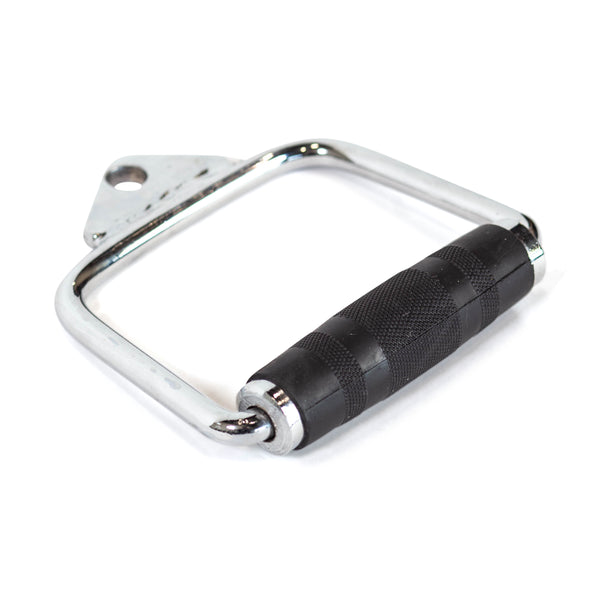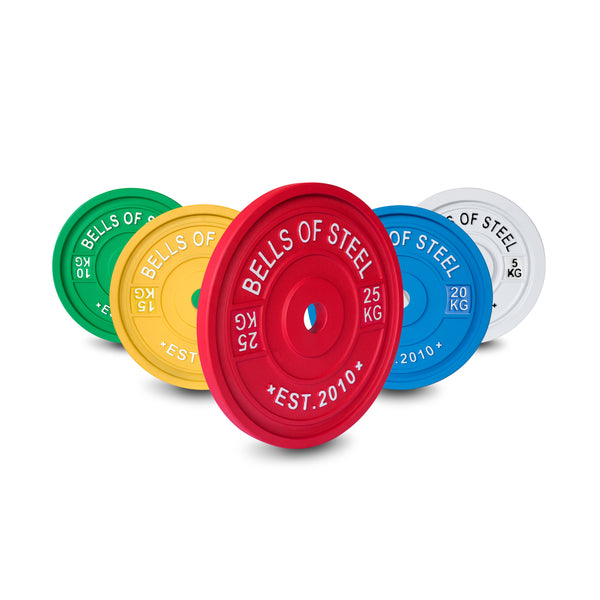Creating a home gym is an excellent investment in your fitness journey. It provides convenience, privacy, and the freedom to work out whenever you please.
However, before you start designing your personal workout space, you may be wondering, "How big should a home gym be?"
In this blog post, we will explore the factors to consider and guide you in determining the ideal size for your home gym.

Average Home Gym Size
The average size of a home gym varies widely. Many can build an impressive home gym within the same square footage of a single-car garage, which is about 200 square feet.
However, you’re welcome to dream big and by having a larger space, you’ll have more options for equipment and variety in your workout routine.
Here are some other considerations on how big your home gym should be.
Assess Your Fitness Goals
The first step in determining the size of your home gym is to assess your fitness goals.
Are you a casual exerciser, a dedicated weightlifter, or a multifaceted fitness enthusiast?
Understanding your specific fitness requirements will help you decide which equipment you need and the space it will occupy.
Consider Available Space
The available space in your home will play a crucial role in determining the size of your gym.
Whether you have a dedicated room or need to convert a corner of your living space, it's important to make the most of what you have.
Measure the dimensions of the area you plan to use and consider any limitations such as low ceilings or irregular shapes.
Prioritize Essential Equipment
Make a list of the essential equipment you'll need based on your fitness goals.
This may include items like a power rack, weight bench, dumbbells, barbells, cardio machines, and gym storage.
Take into account the dimensions of each piece of equipment and allocate space accordingly. Allow for ample room around each item to ensure comfortable movement during exercises.
Plan for Circulation and Safety
An often overlooked aspect of home gym design is circulation and safety.
Allow enough space between equipment to move freely without any obstructions. This is particularly important for exercises that require a wide range of motion or quick movements.
Additionally, ensure there are no tripping hazards and that the flooring is suitable for weightlifting activities, such as rubber mats.
Consider Multi-Use Equipment
If you have limited space, consider incorporating multi-purpose equipment. For example, a folding squat rack can save space when not in use and an adjustable weight bench can offer flat, incline and decline exercise options.
Additionally, you can utilize wall-mounted storage solutions for smaller items like resistance bands or jump ropes.
Adaptability and Future Growth
Anticipate your future fitness goals and consider the potential for expansion or modification. As your fitness journey evolves, you may want to add new equipment or explore different exercise modalities.
Allocate some additional space to accommodate future needs, ensuring your home gym remains versatile and adaptable.
Final Thoughts
Designing a home gym requires thoughtful consideration to create a space that supports your fitness goals and fits your available area.
By assessing your fitness goals, prioritizing essential equipment, planning for circulation and safety, and considering adaptability, you can determine the ideal size for your home gym.
Remember, it's not just about the physical dimensions; creating an inspiring environment will elevate your workout experience. Embrace the freedom of exercising at home and craft a personalized fitness sanctuary that empowers you to reach your full potential.




